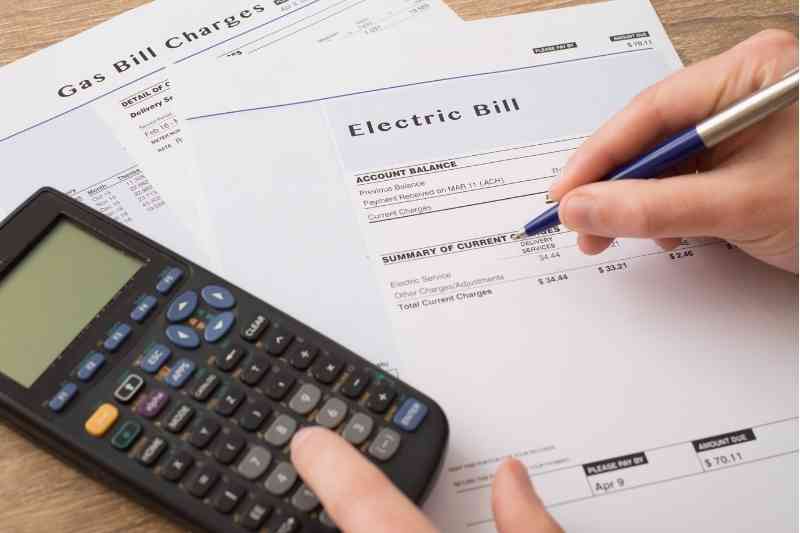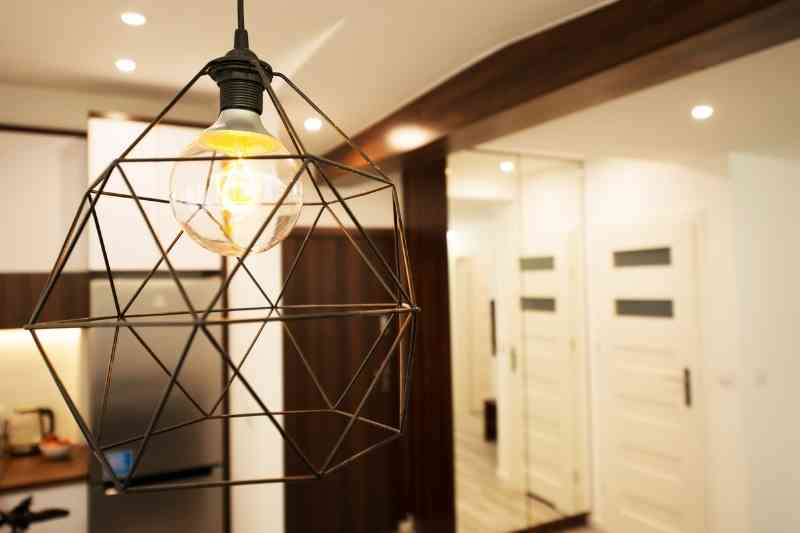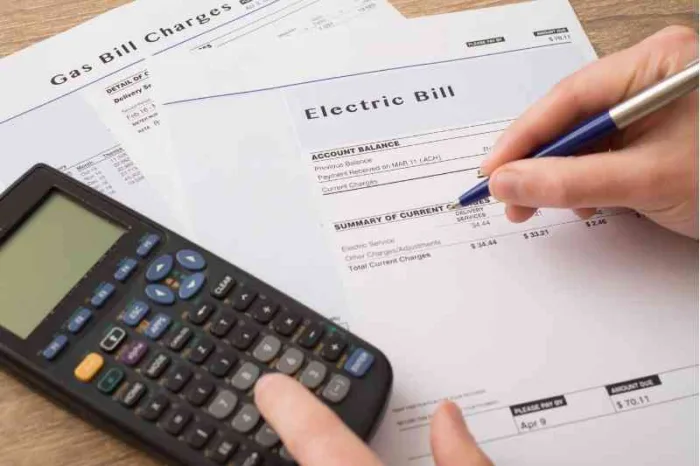Key takeaways:
- RUBS utility billing allocates utility costs among residents based on unit size, occupants, and amenities, eliminating the need for submeters.
- Cost-effective solution that fairly distributes expenses without expensive submeter installation.
- Key factors include unit square footage, number of residents, and water-consuming appliances.
- Implementation requires reviewing lease agreements and ensuring compliance with local regulations.

If you own or manage a property, you’re always looking for tricks and property management tips that simplify building operations while providing a better experience for residents. You might have already heard of RUBS utility billing. But what is it, and is it right for your property?
In this post, we’ll cover RUBS utility billing and how it works. Then, we’ll help you decide if RUBS is right for your property and help you find the best way to administer RUBS utility billing.
This post covers:
- What is RUBS utility billing?
- How does RUBS utility billing work?
- Is RUBS right for your property?
- Technology that will help you with RUBS
What is RUBS utility billing?
RUBS stands for ‘Ratio Utility Billing System. ’ It divides the building-wide cost of a utility using ratios that accurately reflect how much each tenant used that utility.
RUBS utility billing is a cost-effective way for property managers to accurately bill residents for the utilities they use without depending on submeters. Instead of submeters, RUBS utility billing uses a mathematical formula that bills apartment units differently depending on factors like how many people live or how many appliances are in a unit.
You can use RUBS utility billing to bill residents for:
- Electricity
- Water
- Trash
- Sewage
- Gas
Installing a submeter is the easiest and most accurate way to determine what a resident should pay for a utility. Submeters are sensors that determine how much energy or water a tenant uses. But submeters aren’t an option for every property. Installing submeters on a property that doesn’t already have them is costly and may require a temporary halt to utility usage.
Property managers who currently pay a building’s entire utility bill might want to pass the costs of utilities on to residents. However, you might not want to deal with the hassles of installing submeters throughout your property.
If you want to pass the costs of utilities on to residents but don’t want to install submeters, RUBS is an efficient alternative. Commercial and multifamily property managers both use RUBS to manage their utility bills.
Watch how ButterflyMX works:
How does a RUBS system work?
RUBS utility billing works by accounting for each apartment unit’s features when calculating utility bills.
For example, if two people live in a specific unit, the RUBS formula will charge this unit more than a unit with only one resident. Likewise, if a unit has an appliance like a washer or a dishwasher, the RUBS formula will account for these appliances. The formula will charge that unit more for water or electricity usage.
Common factors that influence a unit’s bill with the RUBS system include:
- How many residents live there
- Number of bedrooms and bathrooms
- How many water fixtures are in the unit
- Number of appliances
- Square footage
You have a lot of flexibility in choosing which areas to group when you’re billing. For example, if you’re a commercial property manager, one tenant might take up an entire floor, or two tenants might occupy the same floor. Whatever the circumstances, you can adjust your billing formula accordingly. You can ensure that each tenant pays a correctly proportioned bill.

Is RUBS utility billing right for your property?
RUBS is right for your property if you want to increase your property’s net operating income by billing your residents more accurately. If you don’t want to spend thousands of dollars installing submeters, RUBS is right.
If you’re interested in using RUBS, there are a few things you should make sure of first:
- You should reread your tenants’ lease agreements and ensure you can switch over your billing methods.
- Then, you should ensure that no municipal or regional laws will hinder your attempts to implement RUBS billing. For example, in some counties, there’s a cap on any billing fee you might charge.
Technology that will help you with RUBS
Multifamily property management software is the best way to simplify billing if you want to switch to RUBS. More specifically, RUBS utility billing software is designed to help property managers bill residents successfully.
RUBS utility billing software offers features like paperless accounting and invoice generation. The software might even automatically send these invoices to your tenants every month. To sum up, these features substantially decrease the time you have to spend manually calculating utility usage and billing residents.
You might also choose to partner with a RUBS utility billing service provider. These companies will work with you by analyzing your property to ensure the accuracy of the formulas you’ll use to calculate RUBS ratios. They’ll also handle any legal issues. In addition, these providers will continue to work with you as your property changes. Residents will consistently move in and out, and you’ll also keep updating your property with new appliances and fixtures. RUBS providers will adjust the formula as necessary.






